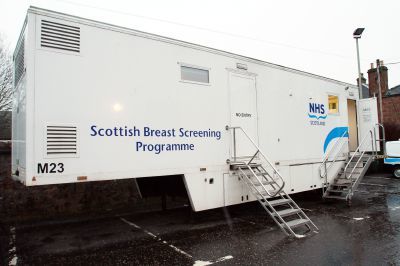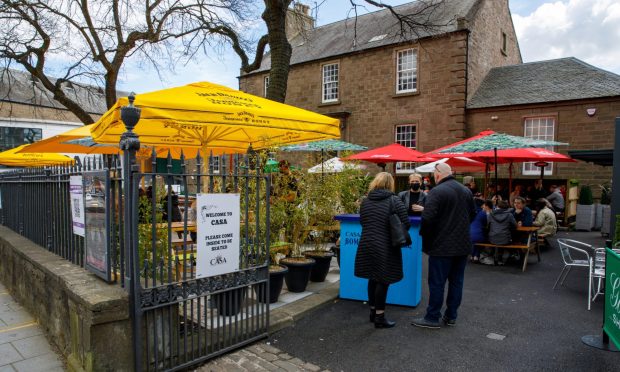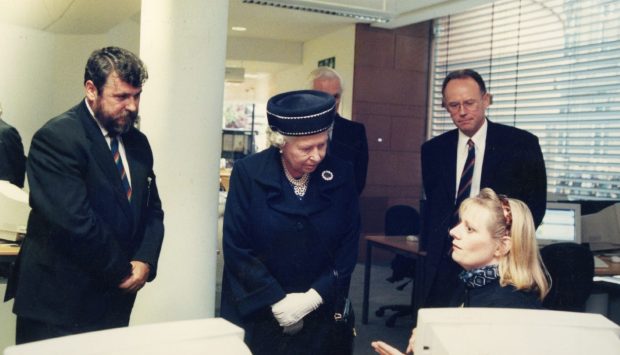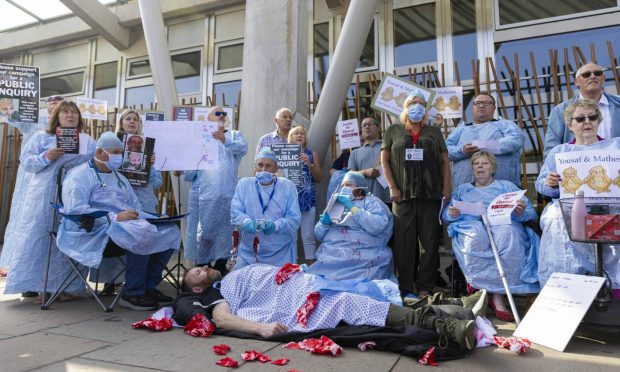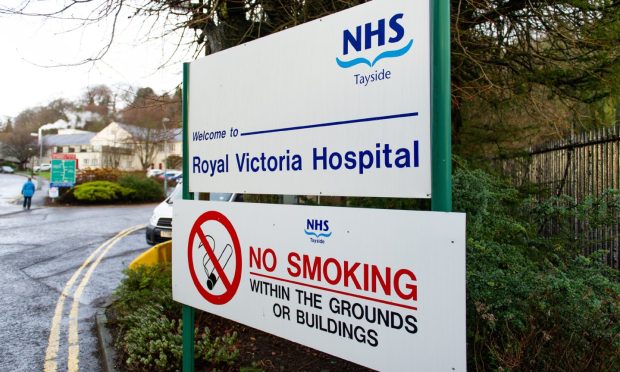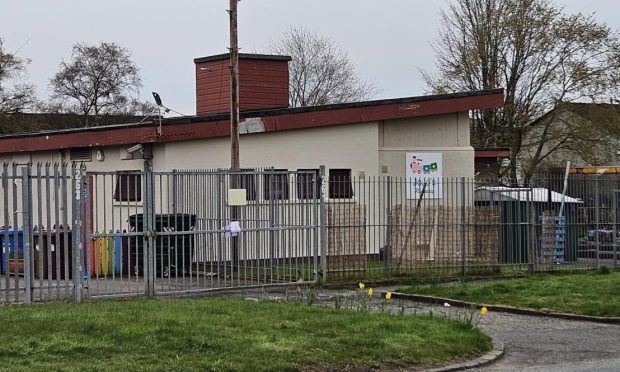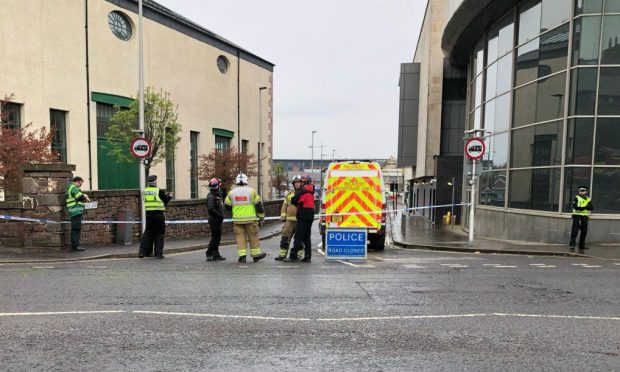Almost one in four women across Tayside are still not taking up the offer of breast cancer screening.
Women across Scotland between the ages of 50 and 70 are invited to be checked for signs of cancer every three years.
The Scottish Government has tasked health-boards with assessing at least 70% of females who qualify.
Though NHS Tayside comfortably achieved this target, worryingly, 23.7% of women who qualified did not attend screening sessions.
The level of females attending sessions in the region has dropped from 79.3% to 76.3% between 2009 and last year.
Healthboards across Scotland are facing a similar outlook, with the national uptake decreasing from 74.9% to 72.5% during the same timeframe.
NHS Fife also performed slightly better than the national target, finishing the period with 71.1% of 50 to 70 year-olds checked.
Speaking with The Courier, Gregor McNie, Cancer Research UK’s senior public affairs manager in Scotland, stressed the importance of being proactive when it comes to breast cancer checks.
He said: “Action is needed to make sure women who want to have a scan aren’t missing out.
“Breast cancer screening aims to detect cancers at an early stage, when treatment is most likely to be successful.
“But, it’s vital women are given all the available information about the potential harms and benefits of screening. This information should be simple to understand readily available.
“Even if you’ve been for screening, it’s important to go to your doctor if you notice any unusual changes to your breasts. Get to know what’s normal for you so you’ll be more likely to spot any new or unusual changes that stick around.”
A spokesperson for NHS Tayside echoed Mr McNie’s views and urged more women to take the opportunity of getting themselves checked.
She said: “Breast cancer continues to be the most common cancer in women in Scotland.
“Detecting cancer in its earliest stages increases the likelihood a patient can be cured of the disease. You’re five times more likely to survive breast cancer if it is diagnosed and treated at the earliest stage.
“The best way to detect cancer early is through screening programs. Breast cancer screening is offered to women aged 50 to 70 every three years, however if you spot an unusual or persistent change to your breasts, you should contact your GP.”
Only NHS Greater Glasgow and Clyde, NHS Lothian and NHS Lanarkshire failed to make the national grade during 2012 and 2015.
